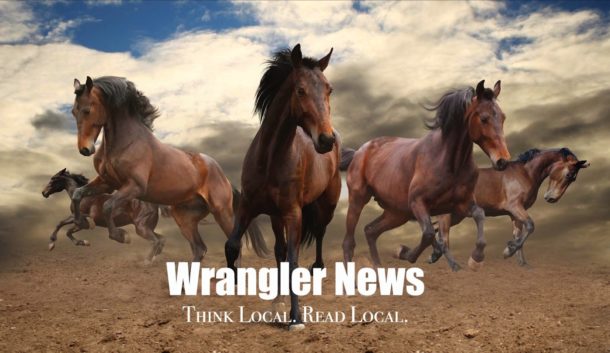Growing up in the ‘80s, other than private school (not even a consideration for my working-class parents nor an option in my 4,000-population hometown), the nearby neighborhood public school was the only choice.
That, however, changed in 1994 when the Arizona State Legislature enacted laws enabling both open enrollment and the formation of charter schools, giving parents more tuition-free choices and putting the burden of attracting students on the individual schools and districts.
Now, nearly two decades later, many parents don’t necessarily associate marketing, advertising and public relations with the best use of education dollars, especially with last year’s continuation of state cuts to public education, resulting in a net loss of $148 million for K-12 education.
Each year, public-school class sizes keep on growing, while art, music and physical education continue to shrink, among other negative consequences.
“People look at budgets, and they really want everything in the classroom, but there’s an organization that has to run so that classrooms exist,” said Jennifer Zach, a parent of three children who attend or attended Kyrene Public Schools.
Every child is worth more than $7,000 in state funding to a district or charter school. And because many overhead costs, such as building maintenance, electricity and food service contracts remain the same, even when students are lost, maintaining enrollment numbers, especially in large districts, is critical to their overall budget viability.
The Kyrene District has 25 schools and roughly 18,000 students at any given time.
While nearly 20 percent of Kyrene students attend from out of district, “We focus way more marketing on the 20 percent of the students that live in our boundaries that are making a different decision (besides Kyrene district schools),” said Nancy Dudenhoefer, community relations manager.
Parents have their own viewpoints.
“I’m personally a fan of public schools, but I hear from a lot of parents who are looking for something specialized and better,” said Zach. “I think a lot of the time they don’t really know everything that the public schools have to offer.”
But getting the word out through avenues including paid advertising, dynamic school websites, branding and colorful view books, among other things, can be expensive and both time- and staff-consuming.
Kyrene, therefore, has figured out—and continues to explore—creative ways to market its programs and strengths, while putting minimal strain on its budget.
“Anything that we would do to promote the district as a whole comes from Community Education and Outreach Services, a completely self-funded department,” said Dudenhoefer, whose salary comes from that source as well.
Much of the district’s revenue has been generated through recreation activities, after-school care, early learning centers, and youth and adult enrichment classes, among other such programs.
More recently, Kyrene has created a Marketing Advisory Committee, made up of marketing and communication-savvy parents and community members willing to donate time and talent to help develop new strategies. The district had success last year with the similarly fashioned Citizen’s Budget Council.
The main goal of the new marketing group, which met for the first time early last month, is to expand the types and amount of communication offered by the district without adding any staff or cost.
“With the information and advice from this group and maybe some actual writing and graphics work, we could accomplish more than what we’ve been able to accomplish in the past,” said Dudenhoefer. “In particular because everyone (in the group) would be most likely a parent, we can provide some of the things that parents feel they would really like to have in the area of communications.”
Initial tasks and projects include creating a parent resource guide (electronic and hard copy), improving Kyrene’s presence on Great Schools and other web-based school review sites, and improving parent communication regarding the middle- to high-school transition.
“There is a great pocket of talent out there,” said Dudenhoefer. “Volunteering in the classroom and volunteering at the school level is sometimes difficult for working parents and doesn’t always match a parent’s interest or skill set. This gives them another way to get involved.”
Zach, who is creative director for the marketing firm Fresh Words Ink, is one such parent. “I like to be able to participate in the community and in volunteering in my children’s schools, and this one fit with my interests and desires.”
Perhaps more important:
“I really value our school district,” said Zach.
In these modern times of expanded school choice and competition, a school district’s sustainability seems to rest in part on convincing other parents that they should, too.


